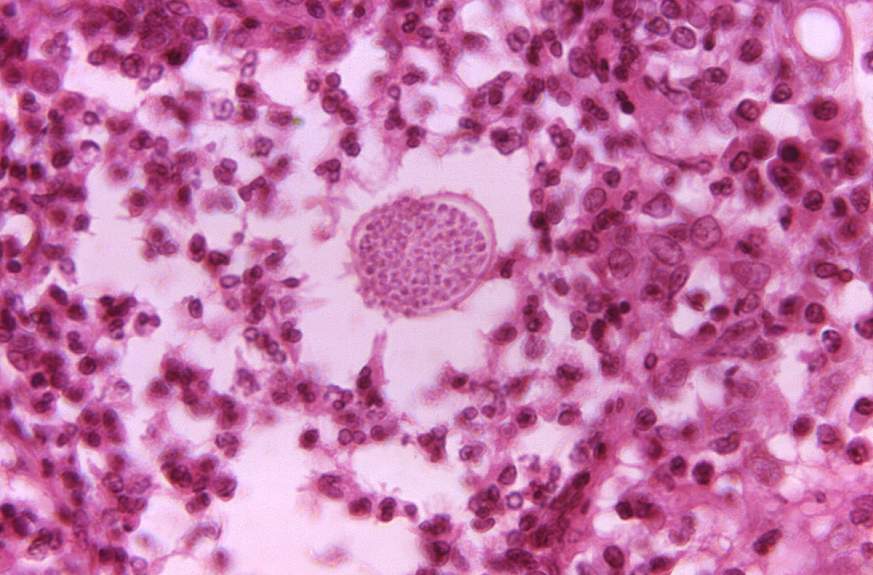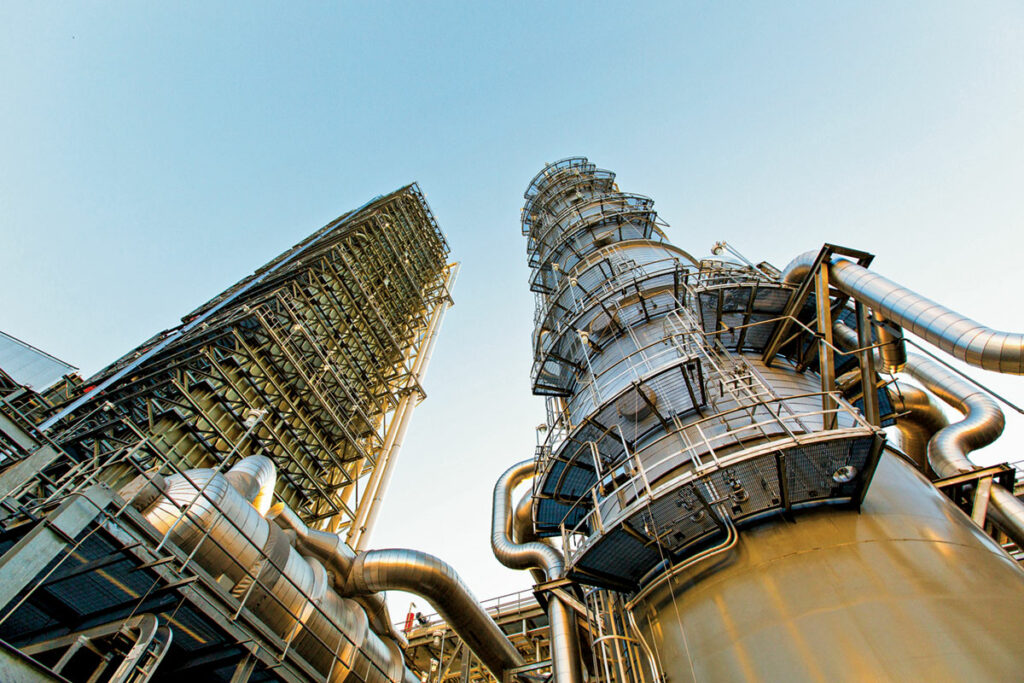A reader alerts us to the claim that fungi emit more CO2 than people. Some 85 gigatonnes annually by one estimate. Still, you just know what’s coming, don’t you? They may be outperforming us by a huge margin but it’s our fault. Climate change is unleashing them and we are all going to die, then decompose assisted by fungi, and make things even worse by emitting CO2 in the process. Even though fungi have been doing their thing in one form or another for nearly 2.5 billion years, or possibly 760 million, or a billion, or 460 million, the science being of course settled. But it’s all different now, and the harmonious balance of nature has turned into a runaway train heading for a cliff thanks to human beings and their overstrained metaphors.
To be fair, some people actually think fungi might help fight climate change, by assisting plants in turning CO2 into dirt that doesn’t just leak out when the plants die. But others claim climate change might make hitherto rare mammal fungal diseases common because climate change is worse than the worst thing ever.
There is so much diversity of opinion out there beyond the barking about consensus that one careless enthusiast even wrote a few years back that “As CO2 concentration rises above ambient levels, net photosynthesis increases. This improves plant fitness and can increase production. For those who appreciate Kingdom Plantae as well as Fungi, it seems logical to harness the power of decomposition for CO2 enrichment – the way it happens in the forest.” But the general consensus is that humans are responsible for the bad CO2 and it will unleash the bad fungi and more of the bad CO2 and we will all die. Because one of the scary things about climate science is the way in which they are forever discovering new ways we are all going to die.
For instance a study in Nature that says overfishing is belching CO2. We are not in favour of overfishing and particularly the practice of “bottom trawling” that seems to wipe out fish breeding stocks. The “tragedy of the commons” has struck the oceans and it is a tragedy. But can it really be true that in addition to its other drawbacks, bottom trawling “disturbs the carbon stored in sediment, releasing it as carbon dioxide and acidifying the ocean”?
Well, so says Joe Lo in Nature, adding “The annual emissions from this practice are greater than those of Germany, according to the study published in Nature.” Which is of course what you would now say about anything you wanted to become immediately very unpopular. But hang on.
One gigatonne? Under the sea where tens of thousands of them lurk? Into a carbon cycle involving hundreds of them a year? Sounds a bit vague to us. Especially as with commendable lack of precision, the author adds “Although these underwater emissions cannot be translated directly to atmospheric emissions, study co-author Trisha Atwood said a ‘substantial’ amount ends up in the atmosphere.” Which is bad because, well, everything is, and because “The ocean absorbs about 30% of man-made carbon dioxide emissions. Releasing more CO2 underwater reduces the amount the ocean can absorb from the atmosphere.”
By how much? If the ocean can hold 37,000 gigatonnes will it really choke on the 37,001st? Perhaps if it’s the awful man-made kind. And besides, what’s this business that the ocean absorbs about 30% of ours? Why that amount exactly?
Well, if you look at one of those pictures of the carbon cycle you find that a typical estimate is that oceans absorb about 90 gigatonnes of carbon a year, whereas humans emit perhaps 9. But in the fine print they tell you something like well, plants absorb 3 of our 9, oceans 2 and then 4 hangs around in the sky ruining everything. And so the oceans get 2/9 which would be 30% if it wasn’t 22.2222%. On top of which those diagrams are just guesses anyway.
As is the 30% figure. And the gigatonne from ocean-bottom trawling. And the impact from having precisely a “substantial” amount end up in the atmosphere. But it’s certain we’re all going to die from whatever it is that might be happening down there, out there, over there and so forth.



Oceans out-gas CO2 when they warm up. That's one of the supposed feedbacks that leads to a run-away process of ever-increasing atmospheric CO2. But we are also told that the oceans are becoming more acidic because of absorbing more CO2 from the atmosphere. I have been asking for a decade at least how both can be true at the same time. How can oceans be both net out-gassing CO2 into the atmosphere causing warming, and also net absorbing it from the atmosphere causing acidification? Obviously, it is more complex than the alarmists seem to think. Maybe the deeper oceans net out-gas while the shallower coastal areas net absorb? But with the constant mixing of the ocean waters due to upwelling and downwelling currents, how is the separation maintained? Anyone care to explain?
I've tried to explain this to countless warmists. Young children observe and understand that gases are dissolve in water, and that they outgas when pressure is released, or the temperature increases. Do humans forget this as we age?
There are also robust buffering systems in the ocean that act over long periods of time, as demonstrated in the article, but, NO, carbon dioxide bad, acid in water, we all die!!
Co2 is also pulled out of the ocean in the form of (Calcium) carbonates from crustacean shell production. Over the Earth's geological and biological history, this process has formed about 8% of the Earth's crust. That's more than a few gigatonnes of Co2 as well as providing a lot of limestone buffering.